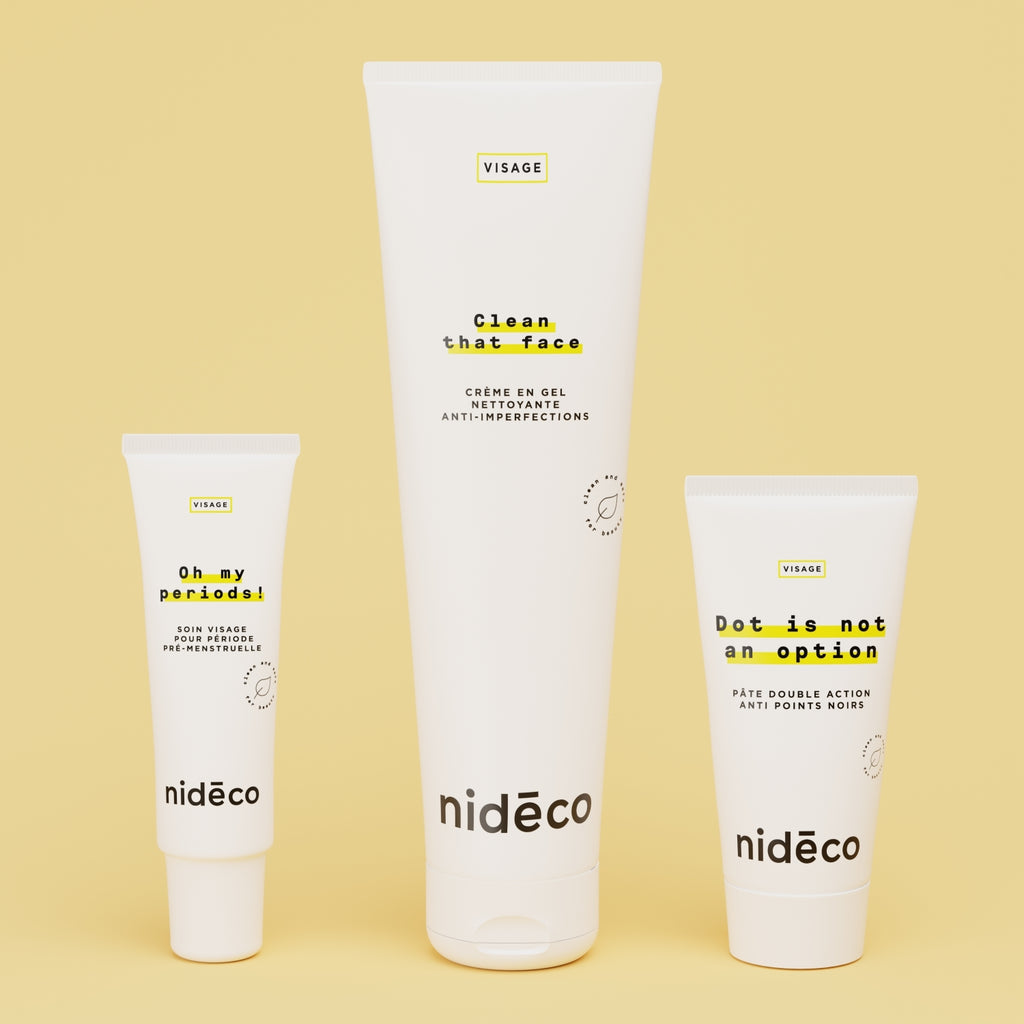Why do my breasts hurt during ovulation or before my period?

It's a fact: the mammary glands in your breasts are very sensitive to hormonal fluctuations. If your breasts ache during ovulation or before your period, you're not alone! Let's find out why, and what you can do to relieve the pain.
Breast Pain: Hormonal Fluctuations
The Influence of Hormones on the Breasts
👉 Breast pain, also known as mastodynia, is often linked to hormonal fluctuations. These fluctuations mainly occur during ovulation and the period leading up to menstruation. The key hormones involved are estrogen and progesterone, which affect different parts of the body, including the breasts and nipples.
Why do breasts become painful?
😕 Estrogen and progesterone play different roles in the menstrual cycle. During ovulation, estrogen levels rise, which can lead to an increase in the size of the milk ducts. Then progesterone takes over, stimulating mammary gland growth and causing water retention in the breasts. These changes can lead to a sensation of heaviness, swelling and pain.
Symptom variations
👉 Symptoms of mastodynia can vary considerably from one woman to another. Some women experience intense pain that can be incapacitating, while others experience only mild discomfort. The most fortunate suffer no premenstrual syndrome (PMS) and feel no pain at all. Common symptoms include:
- Chest pain
- Heavy breasts
- Ultra-sensitive nipples
- Swollen breasts
Treating breast pain linked to PMS (premenstrual syndrome)
Mastodynia: Mostly benign pain
🫶 Mastodynia is generally benign and disappears as soon as menstruation begins or ends. However, this does not mean that the pain should be minimized. When the pain is incapacitating, there are treatments available to reduce it.
Hormonal treatments
👉 Hormonal treatments can be an effective solution for managing the severe pain associated with mastodynia. One treatment involves using a progesterone supplement to counterbalance the effects of estrogen. This can take the form of the contraceptive pill, taken orally for three out of four weeks, or a progesterone gel applied topically.
Using the contraceptive pill
The contraceptive pill is often prescribed to regulate hormonal fluctuations and reduce breast pain. It helps stabilize hormone levels, thereby reducing premenstrual symptoms. It is important to consult a doctor before starting any hormonal treatment, as each case is unique and requires a personalized approach.
Soothing PMS-Related Breast Pain
Using the natural Tits party to soothe PMS
🥰 Gentle massage of the chest and bust can help reduce pain and discomfort. Use a soothing cream with a light, comforting texture, such as the Tits Partycan provide immediate relief. Rich in argan oil and shea butter, this treatment helps relieve tension, soothe pain and repair nipples.
How to use Tits Party
- Daily application: Apply a small amount of cream to your breasts and massage gently in circular movements until completely absorbed.
- Soothing mask: For maximum relief, apply a thicker layer of cream and let it penetrate without rinsing. For a cooling effect, place Tits Party in the refrigerator before applying. The cold will help reduce heaviness and swelling.
Choosing the right bra
👙 During periods of breast swelling, it may be necessary to change bra size. Opt for a well-fitting, non-underwired bra to avoid additional pressure on your sensitive breasts. In some cases, wearing no bra at all can also offer relief.
Other Pain Relief Tips
1. Hydration
Drinking enough water helps reduce water retention and swelling in the breasts. Good hydration can also improve the overall health of skin and breast tissue.
2. Power supply
Maintaining a balanced diet can play a crucial role in managing breast pain. Reduce your intake of caffeine and salt, which can contribute to water retention and swelling. Increase your intake of fruit and vegetables rich in vitamins and antioxidants.
3. Physical exercise
Regular exercise helps maintain a healthy weight and can reduce stress, which is an aggravating factor in premenstrual symptoms. Activities such as yoga and gentle stretching can also help reduce tension in the chest.
4. Cold compresses
Applying cold compresses to the breasts can help reduce inflammation and pain. Wrap an ice pack in a soft cloth and apply it to your breasts for 10 to 15 minutes for fast relief.
5. Supplements
Some women find relief by taking supplements such as vitamin E, magnesium or omega-3 fatty acids. Consult a healthcare professional before starting any supplement to ensure safe and effective use.
When should you see a doctor?
👉 Although mastodynia is generally benign, it is important to consult a doctor if :
- Pain persists beyond the menstrual period.
- The pain is severe and interferes with your daily activities.
- You notice abnormal changes in your breasts, such as lumps, redness or discharge.
A healthcare professional will be able to assess your symptoms and recommend appropriate treatment. In some cases, additional tests, such as a mammogram or ultrasound, may be necessary to rule out other causes of breast pain.
Conclusion
Breast pain during ovulation or before menstruation is common and often linked to hormonal fluctuations. Although these pains can be uncomfortable, they are generally benign and can be managed with proper care and a few lifestyle adjustments. Using soothing creams like Tits Party Care, choosing appropriate clothing, maintaining good hydration and adopting a balanced diet are all strategies that can help relieve these aches and pains. If the pain persists or worsens, don't hesitate to consult a doctor for a proper diagnosis and treatment. With the right care, you can significantly reduce discomfort and enjoy a better quality of life, even during these sensitive periods of your menstrual cycle.




























